
In the ever-evolving landscape of business and finance, staying ahead means leveraging every available resource to fuel growth and efficiency….

In the ever-evolving landscape of business and finance, staying ahead means leveraging every available resource to fuel growth and efficiency….
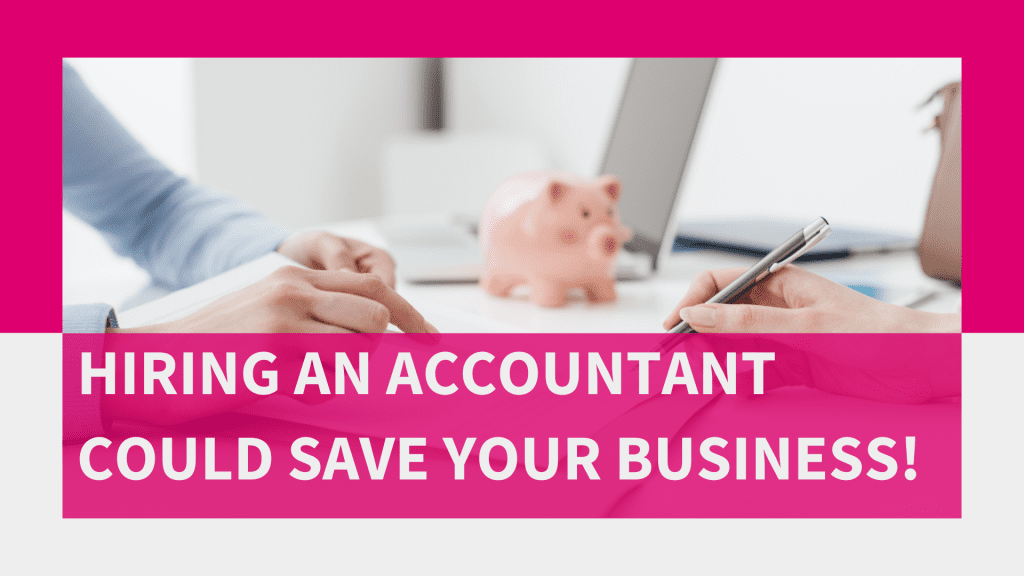
A lot of new businesses fail. A lot of old businesses fail. A lot of previously successful businesses fail. Why?…
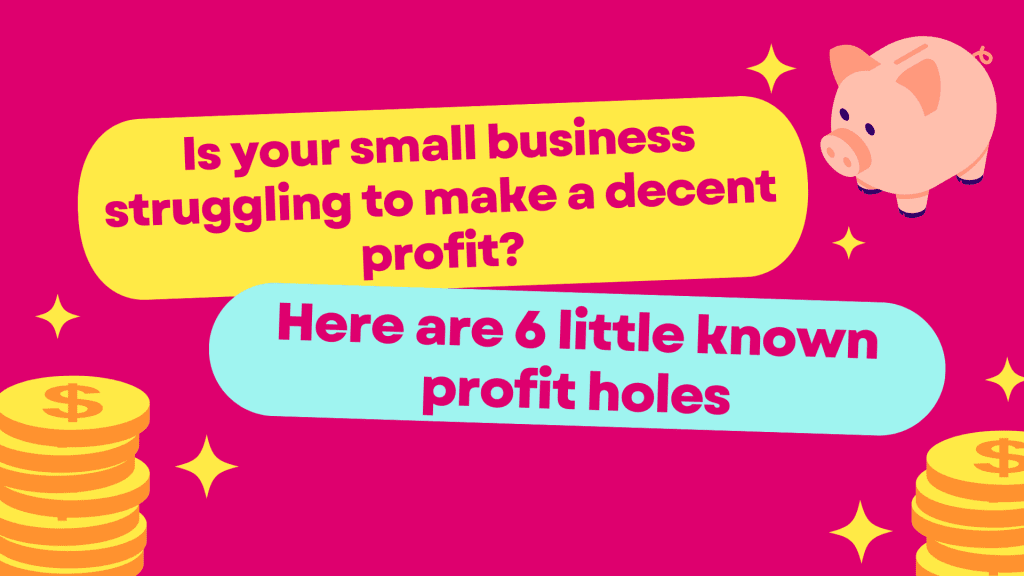
With the economy as unpredictable as it has been lately it is essential for small business owners to take a…
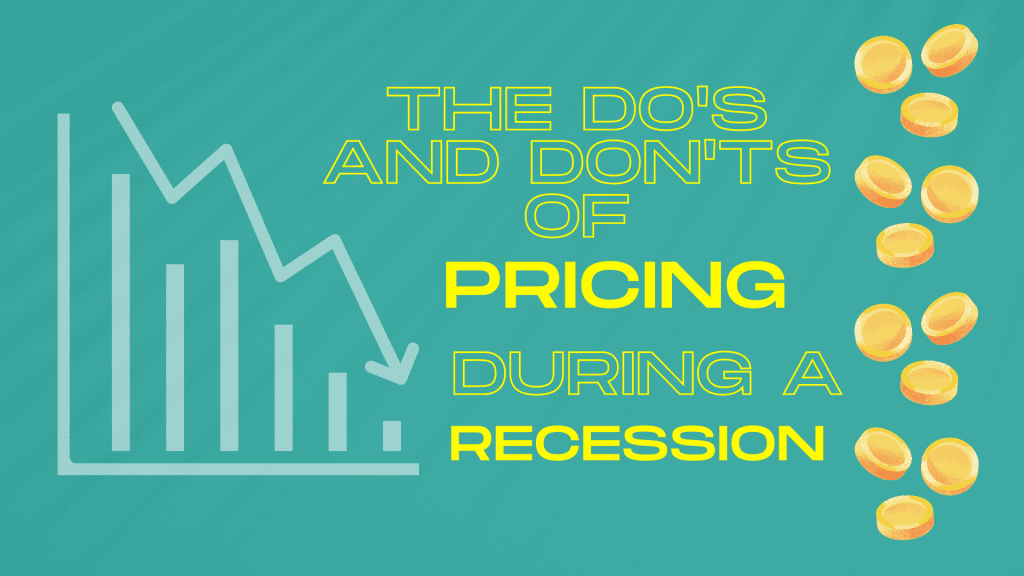
No matter how big or successful your company is, maintaining business throughout a recession is hard. With fluctuating demands, losses…
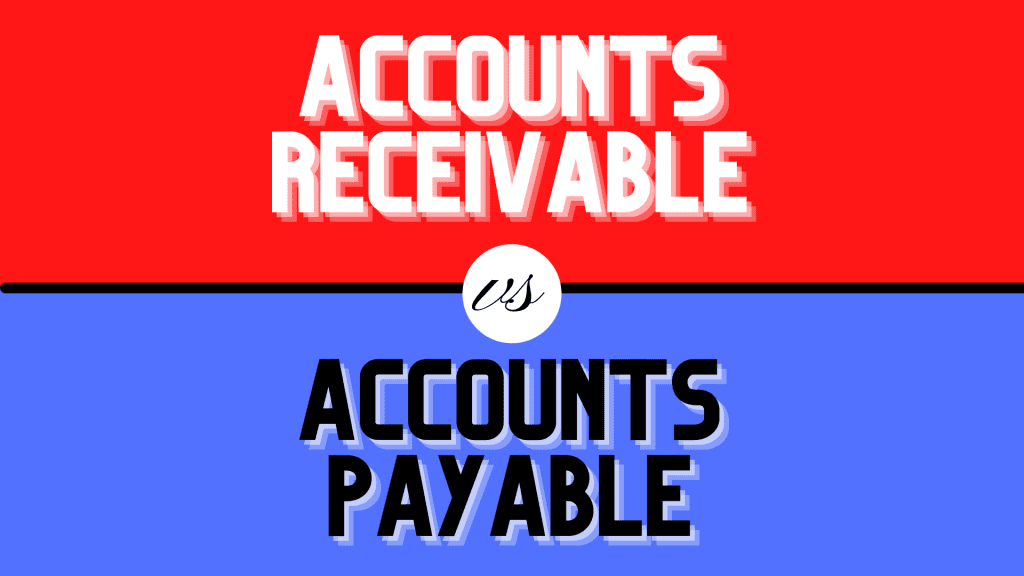
You can only manage your finances effectively if you know certain numbers and, as we all know, credit control leads…

In today’s competitive business world, it is not uncommon for people to do their own bookkeeping and accounting. There are…
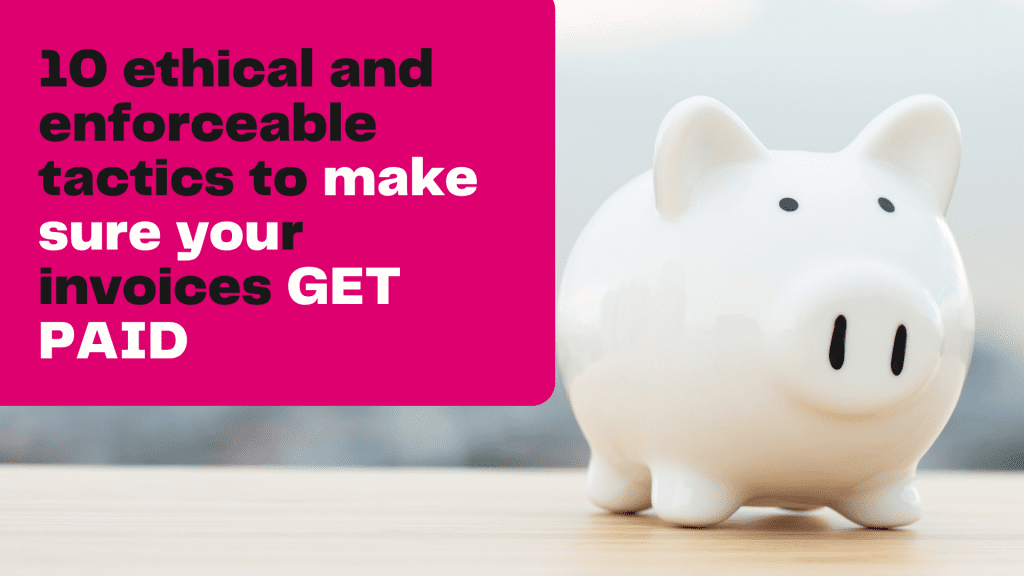
Wouldn’t life be simple if you could guarantee that your invoice would get paid on time every time? Sadly, this…
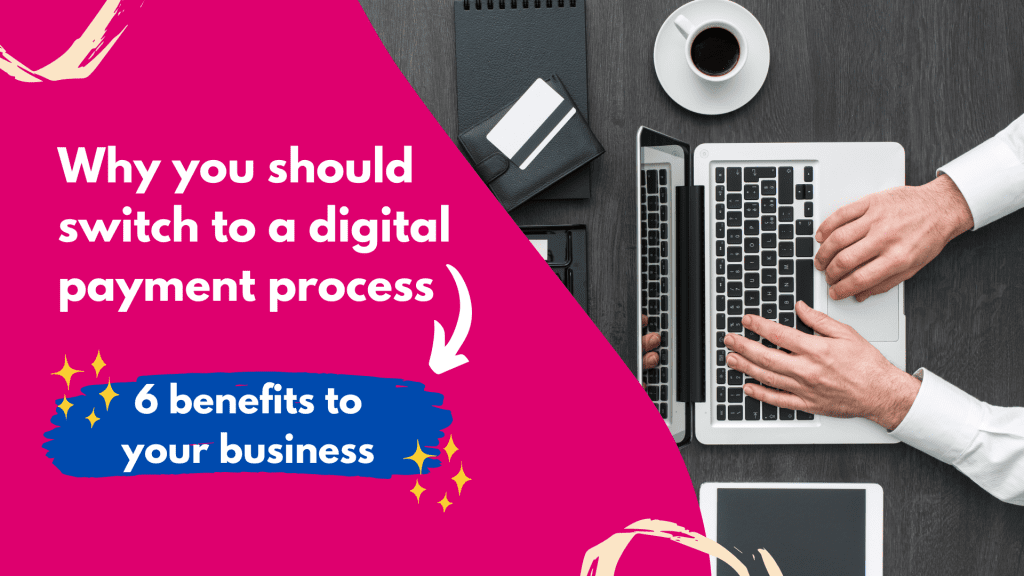
According to studies, SMEs spend on average, a whopping £4.4 billion per annum chasing late payments. This problem is only…

If you’ve lost clients due to the Covid-19 pandemic, you are not the only one. Countless businesses have lost a…

How to Recover Your Accounts Receivables After Covid-19 The pandemic has not been kind to business. Many companies have struggled…